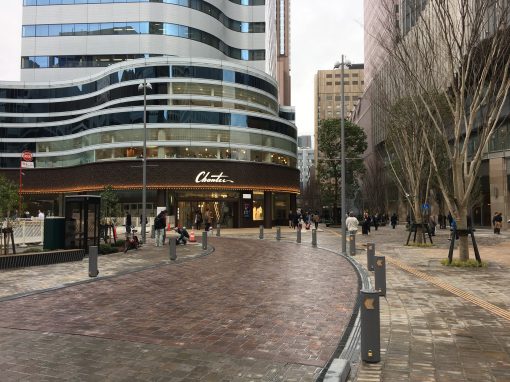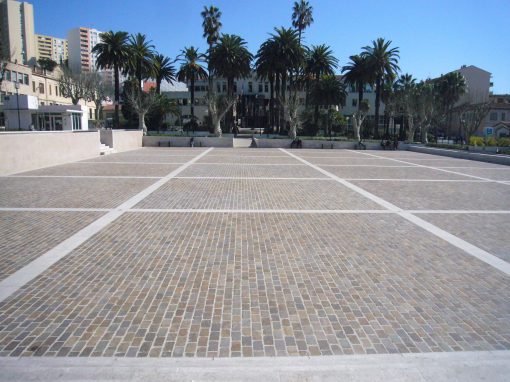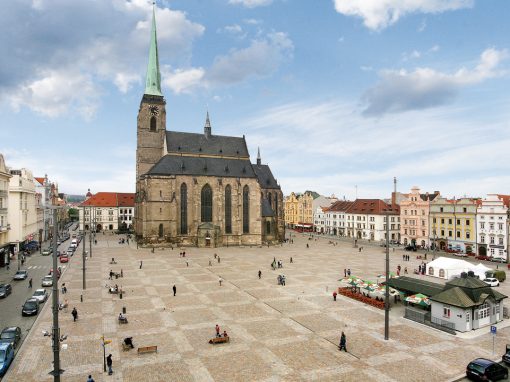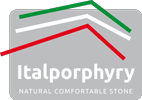Giulio Cesare
Engineering at the service of beauty
Only few people possibly know that the typical Roman pavings were called VIA STRATA (paved road) from where the Italian STRADA, the English STREET and the German STRASSE as they were built according to a precise stratigraphic sequence. The ancient cart roads in Rome still represent a matchless and tangible proof of resistance, durability and above all deep knowledge of materials. Based on such strict building principles, the Italporphyry Giulio Cesare line with porphyry binders takes advantage of a wide technical know-how resulting from a century-old tradition to provide the most functional and versatile solutions that can be suitable for both roads with heavy traffic and pleasant pedestrian paths.
Technical data sheet porphyry binders
The Galileo Line is given by binders (blocks) in Trentino porphyry in natural surface, split edges free lengths for pavement to withstand the light traffic, vehicular and heavy.
| Petrographic name | Rhyolitic ignimbrite | ||||
|---|---|---|---|---|---|
| Colour | Non-dominant variable-colour grades: grey, red, red-violet and rust or mixed colours | ||||
| Main processing | Binders obtained by mechanical splitting of stratified material with a natural quarry of variable thickness. Squared formats with sides orthogonal to the plane | ||||
| TYPE | THICKNESS (mm) |
LENGHT (mm) |
WEIGHT (Kg/m²) |
SUGGESTED APPLICATION | USEFUL LAYING THICKNESS (mm) |
| Width mm 100 | from 50 to 80 | from 150 to 400 | 18 | Pedestrian Light vehicle traffic |
from 100 to 120 |
| Width mm 100 | from 80 to 110 | from 150 to 400 | 22 | Heavy vehicle traffic Roundabouts |
from 150 to 160 |
| Width mm 120 | from 100 to 150 | from 150 to 400 | 35 | Heavy vehicle traffic Roundabouts |
from 180 to 200 |
Examples portfolio Giulio Cesare



